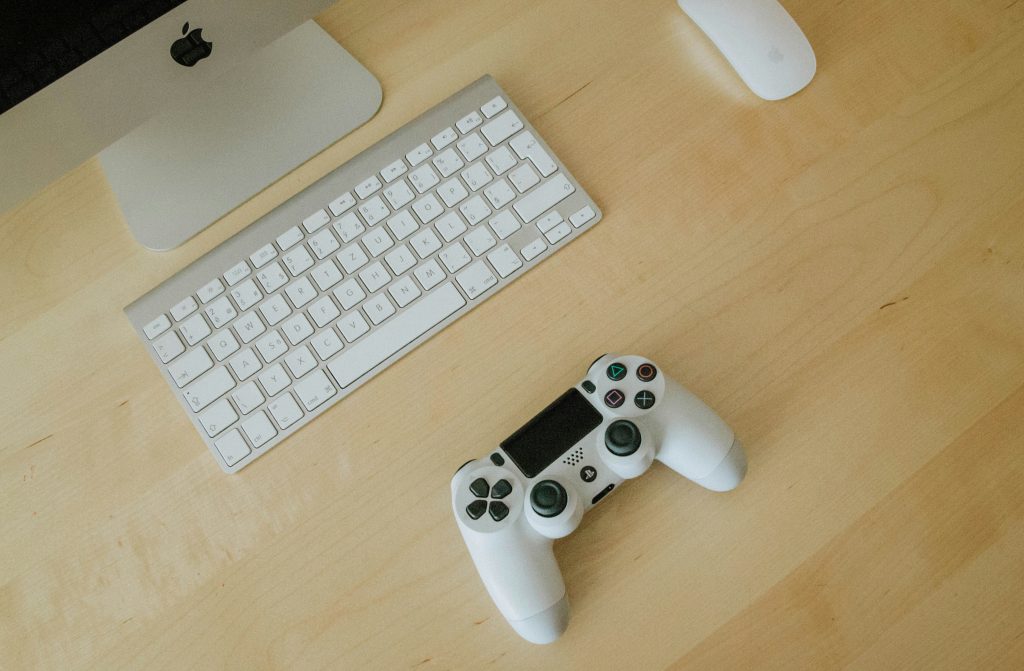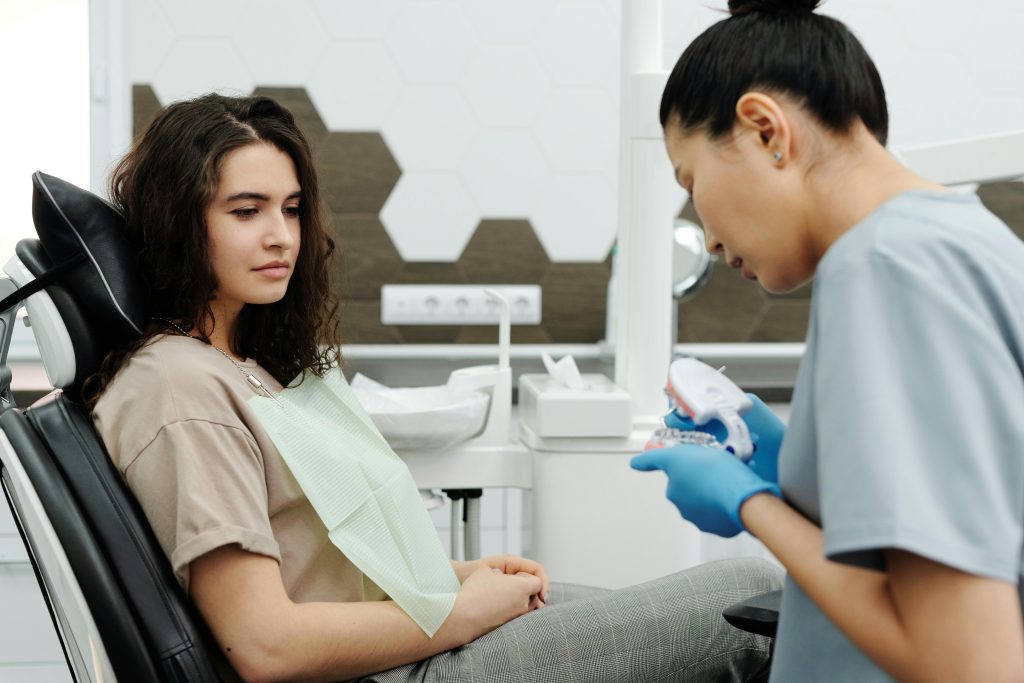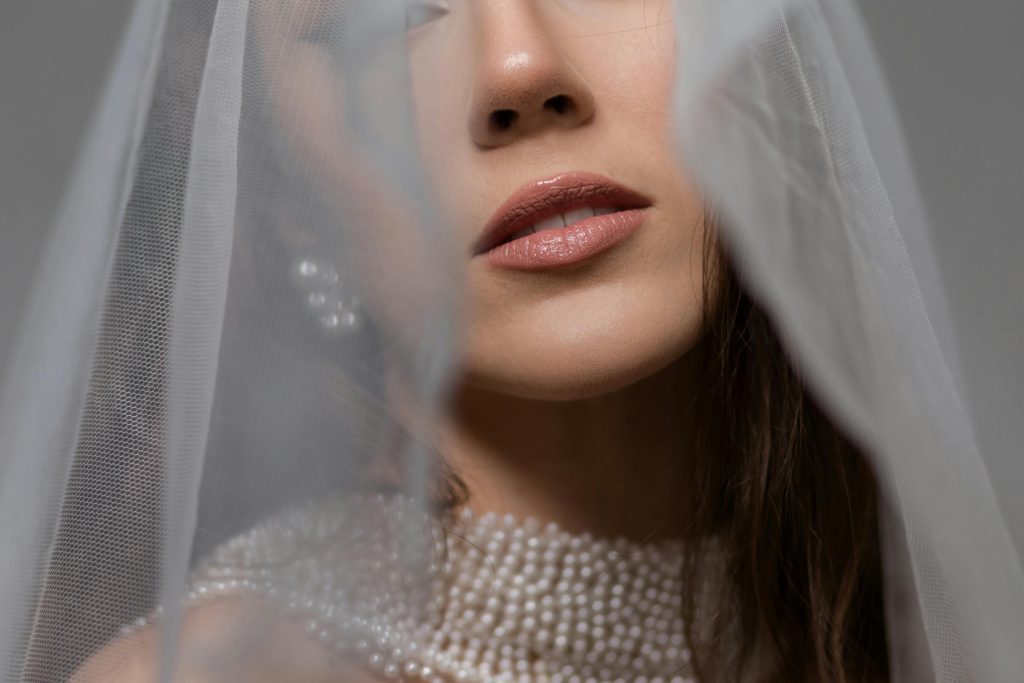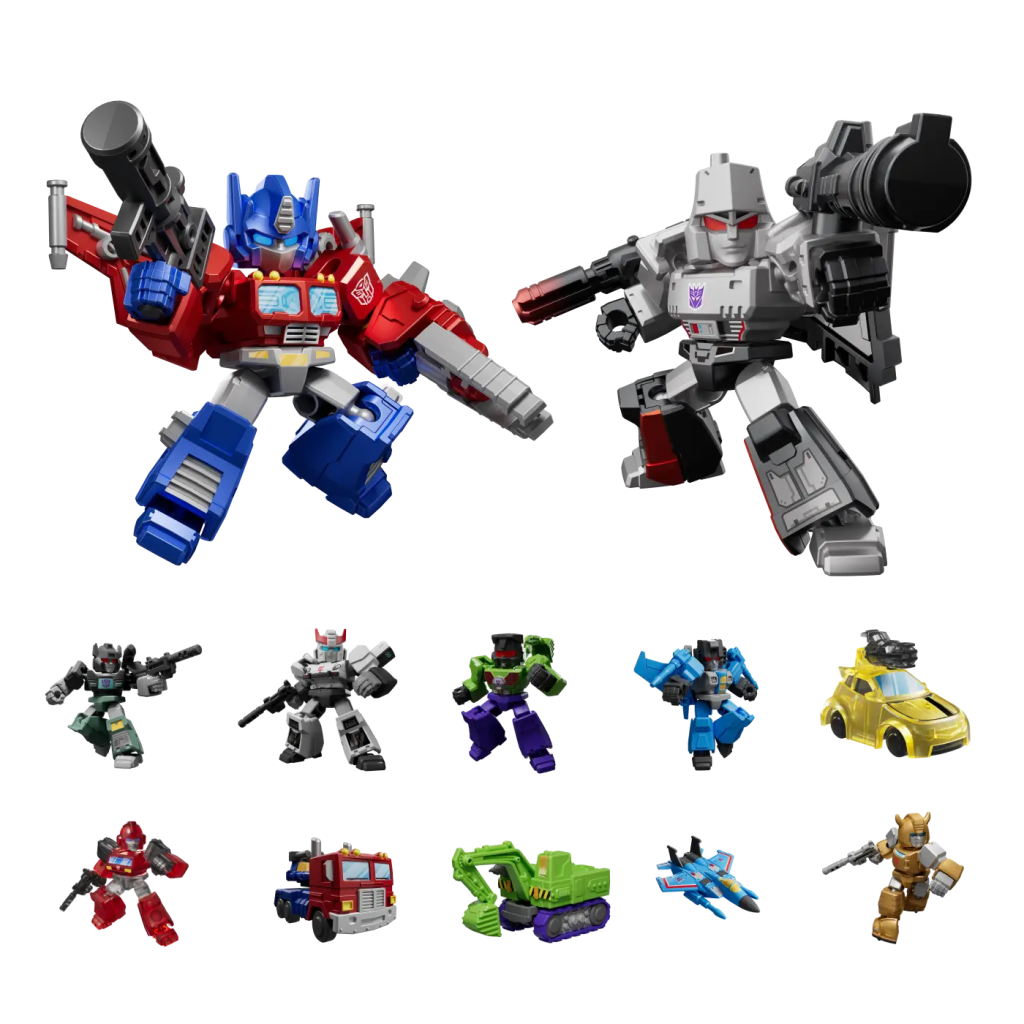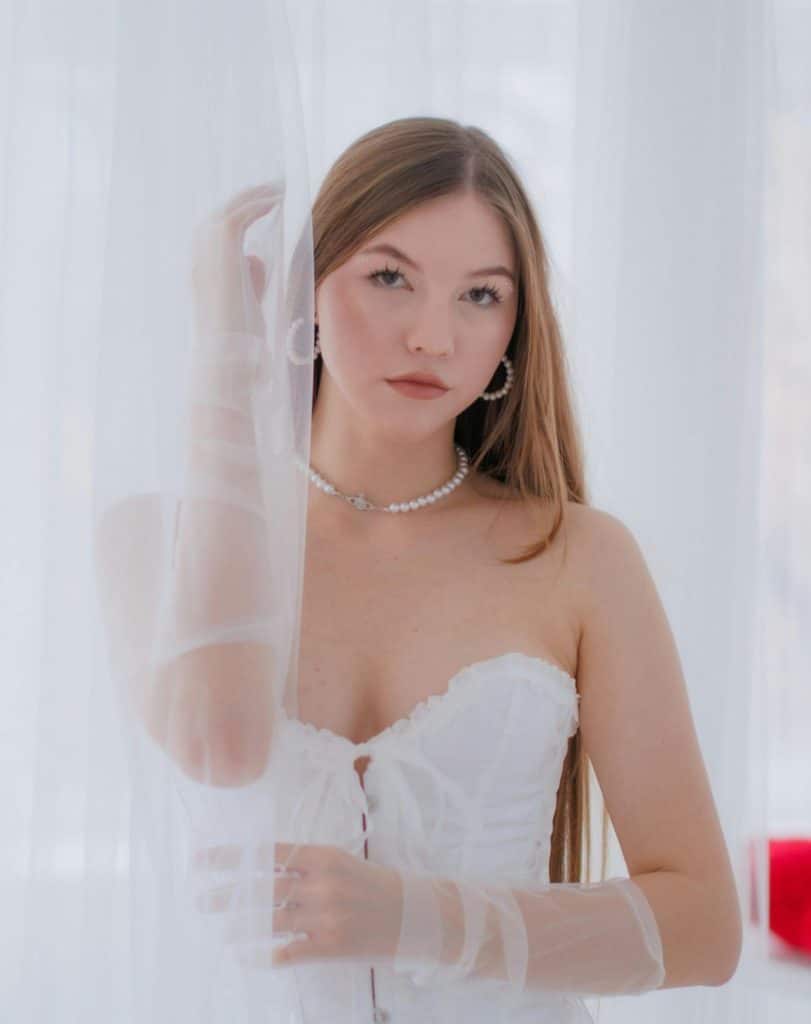Your nose plays a surprisingly powerful role in how your face is perceived. It sits at the center of your features, helping define balance, symmetry, and proportion. While some people are born with a nose they love, others find themselves wishing it were just a bit smaller, straighter, or more refined.
But not everyone is ready—or interested—in undergoing surgery to achieve that change. Whether it’s fear of downtime, cost, or simply not feeling “there yet,” more and more people are exploring ways to improve their nose appearance without going under the knife.
The good news? There are several effective, non-surgical methods to subtly enhance the look of your nose. In this article, we’ll explore five of the most popular techniques—ranging from makeup tips to in-office filler treatments—and explain why, for some, rhinoplasty still remains the most permanent and personalized solution.
Makeup Contouring: The Instant Illusion
When it comes to non-surgical nose enhancement, few tricks are faster—or more accessible—than makeup contouring. With just a couple of products and some practice, you can visually reshape your nose in under five minutes.
How it works: Using a combination of bronzer (or contour powder) and highlighter, you can create shadows and light that mimic the appearance of a slimmer, more sculpted nose. Typically, contour is applied along the sides of the nose to “narrow” it, while a light highlight is added down the bridge to elongate or define.
Who it’s best for: People who feel their nose looks too wide, lacks definition, or has a bulbous tip often find contouring to be a confidence booster. It’s especially helpful for photos or events when you want to feel your most polished.
Tips for success:
- Use a cool-toned contour to mimic natural shadows.
- Blend thoroughly with a beauty sponge or brush to avoid harsh lines.
- Choose matte textures for the contour and a subtle sheen (not sparkle) for highlight.
Keep in mind: The results are temporary, and the learning curve can be frustrating at first. However, once mastered, makeup contouring is a powerful tool that can reshape how you feel about your appearance—without changing anything permanently.
Dermal Fillers (Liquid Rhinoplasty)
If you’re looking for more lasting results without surgery, dermal fillers offer a compelling alternative. Often referred to as a “liquid rhinoplasty,” this non-invasive treatment uses injectable fillers—usually hyaluronic acid—to improve the contour of your nose.
What it can do:
Fillers are most commonly used to:
- Smooth out dorsal humps (those small bumps along the bridge)
- Straighten the appearance of a crooked nose
- Lift a drooping nasal tip
- Add volume to create balance or symmetry
Because fillers don’t remove tissue, they can’t reduce the size of your nose—but they can create the illusion of a straighter, more refined shape. In the right hands, this technique can be incredibly transformative.
How long it lasts: Results typically last 6 to 18 months, depending on the type of filler used and how your body metabolizes it.
Pros:
- No surgery or downtime
- Immediate results
- Reversible (if using hyaluronic acid)
- Great for previewing potential surgical outcomes
Cons:
- Temporary solution
- Not effective for significantly large noses or breathing issues
- Risks (though rare) include bruising, swelling, or vascular complications
Why people love it: Liquid rhinoplasty is ideal for individuals who want to test a new look, boost their confidence for an event, or delay surgery while still making aesthetic improvements. Just be sure to work with a board-certified injector with experience in nasal anatomy, as the area requires precision and expertise.
Facial Exercises and Posture Adjustments
While facial exercises won’t change the bone structure of your nose, they can subtly impact how your face looks overall. Toning the surrounding muscles—such as those in the cheeks and jaw—can create a tighter, more lifted appearance that draws less attention to imperfections in the nose.
Simple techniques to try:
- “Nose shaping” exercises: Some proponents suggest pinching and lifting the tip of the nose daily to improve its appearance, though scientific evidence is limited.
- Cheek and upper lip lifts: Strengthening nearby muscles can enhance overall facial harmony.
- Breathing techniques: Improving nasal airflow can reduce swelling or puffiness around the bridge of the nose, making it appear slimmer.
Posture also plays a role. Slouching or tilting your head forward can change how your nose appears in profile. Standing tall with your head aligned and shoulders back naturally enhances facial symmetry—and boosts confidence, too.
Bottom line: While the changes may be subtle, these daily habits promote overall facial fitness and awareness. For those hesitant about cosmetic procedures, they’re a no-risk, feel-good place to start.
Skincare for a Smoother Nasal Surface
A nose doesn’t have to be reshaped to look better—sometimes, it just needs a little polishing. Uneven skin texture, enlarged pores, redness, or blackheads can make the nose appear rough or more prominent. A targeted skincare routine can refine its appearance and restore balance to the face.
Tips for a smoother-looking nose:
- Exfoliation: Use a gentle exfoliant (like salicylic acid or lactic acid) 2–3 times a week to reduce clogged pores and remove dead skin cells.
- Deep cleansing: Clay masks and pore strips can temporarily minimize the look of blackheads.
- Hydration: A well-hydrated nose appears plumper and more even—use a lightweight, non-comedogenic moisturizer.
- Tone and balance: Niacinamide is excellent for reducing redness and regulating oil production.
Advanced options: Microneedling, gentle chemical peels, or LED light therapy can all improve skin tone and clarity, enhancing the overall look of the nose.
Why it matters: A smooth, clear surface reflects light more evenly, minimizes shadows, and subtly enhances facial balance—all without altering your nose’s structure.
Eyewear and Hairstyling to Redirect Focus
The shape and style of your glasses or hairstyle can significantly influence how your nose is perceived. Strategic styling is a powerful and often overlooked non-surgical tool for balancing facial features.
Eyewear tips:
- Lighter frames: Thin, light-colored or transparent frames reduce attention on the center of the face.
- Bridge placement: A higher bridge can lift the appearance of the nose, while low-bridge glasses may emphasize nasal width.
- Avoid overly narrow frames if your goal is to soften or balance the look of a prominent nose.
Hairstyling strategies:
- Side-swept bangs or layered styles can break up visual lines and soften sharp angles in the face.
- Add volume at the sides of your face to create symmetry and shift the focal point.
- Avoid center parts if they draw attention downward toward the nose tip.
These techniques don’t change your features—they change how they’re framed. A few thoughtful adjustments can dramatically alter how your nose appears to you and others.
When Non-Surgical Isn’t Enough: Why Some Still Choose Rhinoplasty
While non-surgical methods can go a long way in enhancing your nose’s appearance, they have their limits. For individuals with more pronounced structural concerns or functional issues, rhinoplasty remains the gold standard.
Common reasons people choose rhinoplasty:
- Structural concerns: A large dorsal hump, wide nasal base, or severely crooked nose typically can’t be addressed with fillers or contouring.
- Functional issues: Difficulty breathing due to a deviated septum or nasal collapse may require surgical correction.
- Desire for permanent change: Non-surgical fixes fade or require maintenance. For those seeking lasting transformation, surgery offers a one-time solution.
Modern rhinoplasty is highly advanced. Today’s techniques are more refined, focused on preserving function, and tailored to each individual’s unique anatomy and goals.
Empowering perspective: Choosing surgery doesn’t mean you’ve “given up” on natural options—it simply means you’re prioritizing your well-being and confidence in a long-term way. A skilled, board-certified plastic surgeon can help you explore whether surgery or non-surgical options are the best fit for your needs.
Conclusion
Your nose is one of the most defining features of your face—but improving its appearance doesn’t always mean surgery. From clever contouring and strategic skincare to posture, fillers, and styling tips, there are several non-surgical tricks that can help you feel more confident in your profile and overall look.
These methods are especially valuable for those who want to explore subtle enhancements or aren’t quite ready to commit to permanent changes. And for those who eventually decide to pursue rhinoplasty, these non-surgical steps often serve as a helpful stepping stone toward understanding their aesthetic goals.
Ultimately, the choice is yours—and it should be guided by how you feel when you look in the mirror, not by trends or pressure. Whether you opt for a five-minute makeup fix or a personalized surgical transformation, the goal is the same: to feel empowered in your own skin.
If you’re curious about your options—non-surgical or surgical—consider scheduling a consultation with a qualified facial aesthetic expert. The right guidance can help you make the most informed, confident decision for your unique face and future.




